Beijing’s Nanluoguxiang hutong is a vibrant hub with traditional courtyard houses, trendy shops and cafes
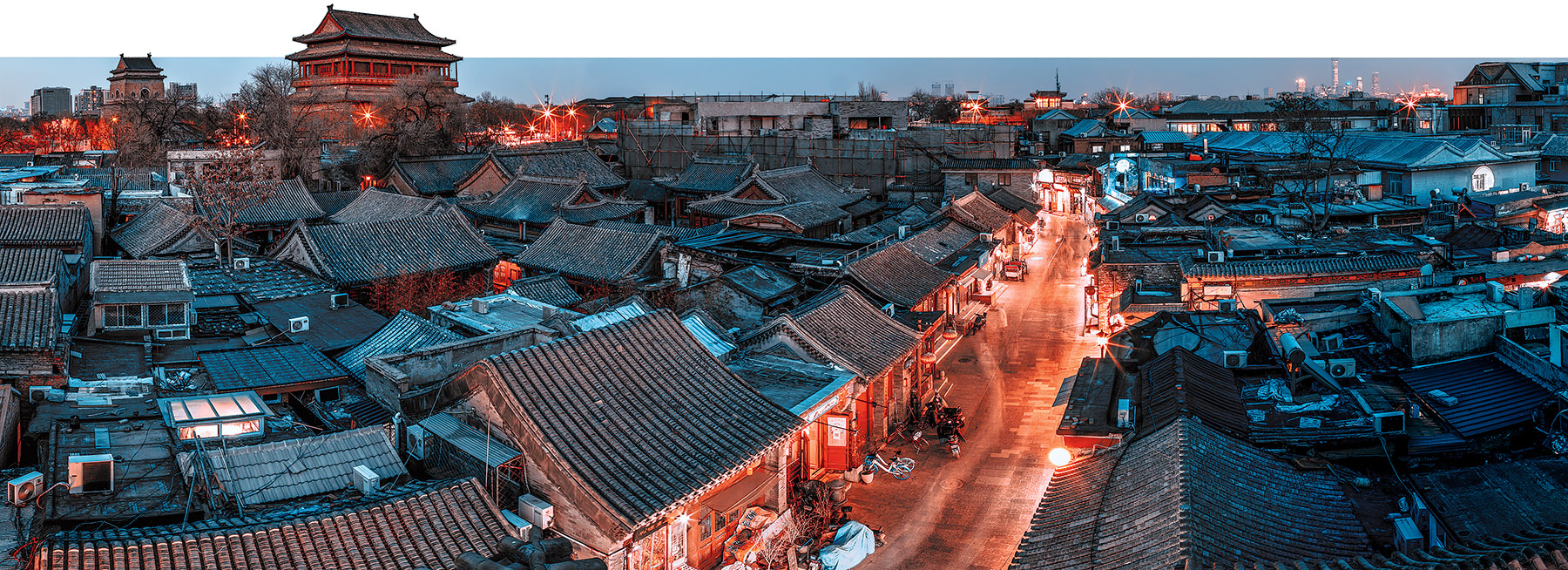
Editor’s note: Several Chinese cities maintain their cultural recollections in the form of historical neighborhoods that add to their multilayered charm and vigor. China Daily journeys to some of these timeless areas, where President Xi Jinping has left his footprints and remarked on the preservation and vitalization of heritage. Here we take a walk through Nanluoguxiang in downtown Beijing, one of the ancient hutong (alleyway) neighborhoods that have preserved the capital’s authentic tastes.
When people set out to discover Beijing, the capital has many historic and iconic landmarks to tempt them. There is the Forbidden City, the imperial palace where 24 emperors lived between 1420 and 1911, which is located in the heart of Beijing. There is the Summer Palace, a massive imperial garden built in 1750. And of course, on the outskirts of Beijing, there is the Great Wall of China.
For those who wish to glimpse the city’s past in between the skyscrapers, subway tunnels and parks, there is one more thing not to be missed: the capital’s ancient hutong (alleyway) neighborhoods.
The narrow hutong running between walled courtyards transport those who wander them back to the Yuan Dynasty (1271-1368) — when many of them were built — and conjure images of a lifestyle that contrasts sharply with the fast pace of modern life.
Nanluoguxiang, which is known as one of Beijing’s most famous and historically rich alleyways, is a particularly popular tourist destination. Located in Dongcheng district, it is one of the city’s most iconic alleyways, partly due to its ancient urban form.
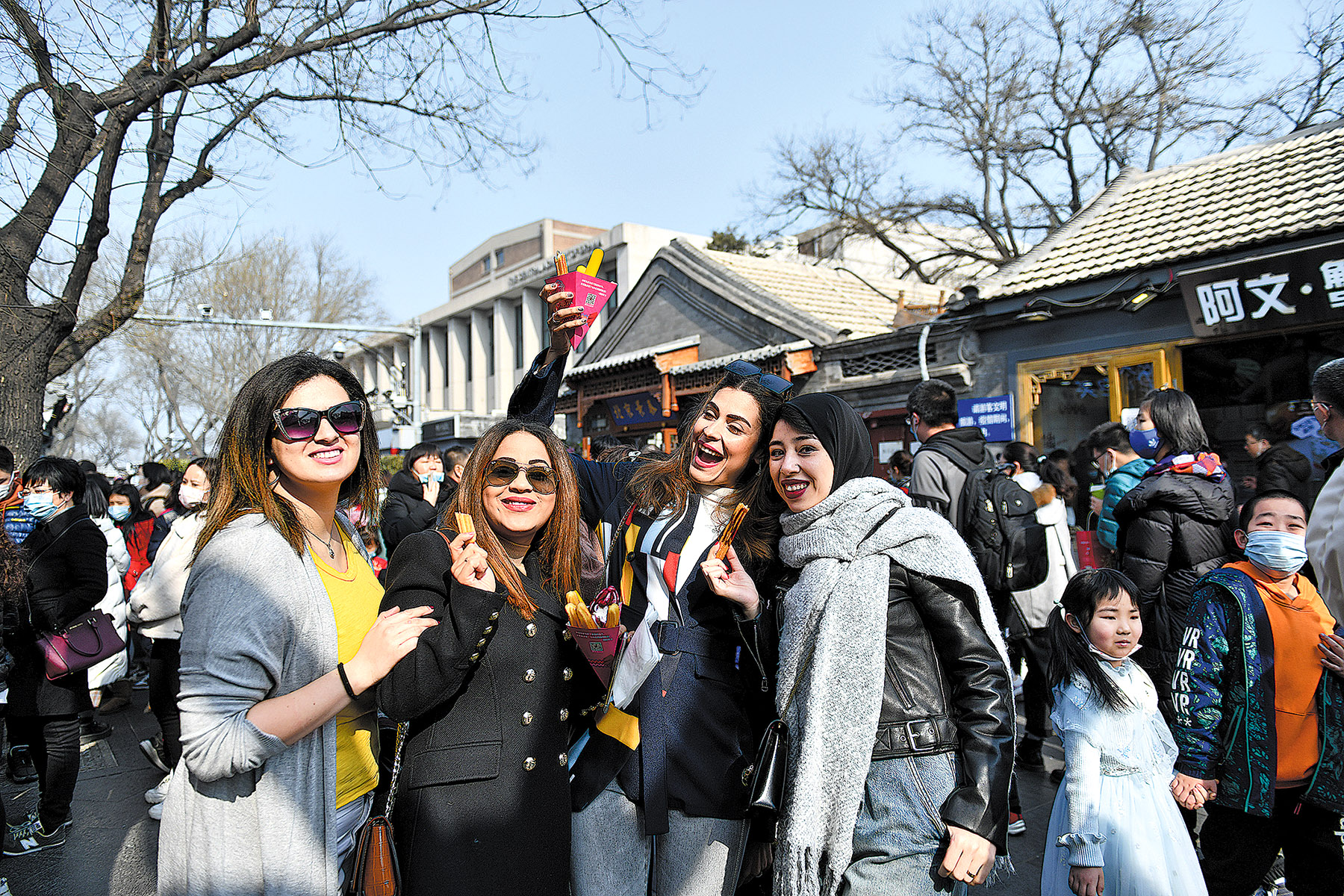
If viewed from above, Nanluoguxiang is laid out like a fish bone, with a 787-meter main street stretching from East Gulou Street in the north to Ping’an Street in the south. It is about eight meters wide and smaller alleyways, such as Yu’er Hutong and Dongmianhua Hutong, branch off it on both sides.
Li Changlin, a lifelong resident of Nanluoguxiang, leans against the door frame of his humble siheyuan (courtyard house), looking out at a bustling alley that has dramatically transformed over the seven decades that he has lived here.
“When I was young, Nanluoguxiang was a quiet, tight-knit community,” he said in a soft voice tinged with nostalgia. “There were food markets and grocery stores near my house. I walked to school every day with my friends, who were also my neighbors. The air was full of the sounds of children playing, old people chatting, and the ringing of bicycle bells.
“This alleyway raised me,” Li added with a smile. “And now it’s raising everyone else’s expectations of what a hutong should be.”
According to Zhang Chun, a professor at the School of Architecture and Design at Beijing Jiaotong University, Nanluoguxiang is emblematic of the balance between preservation and progress in modern Beijing.
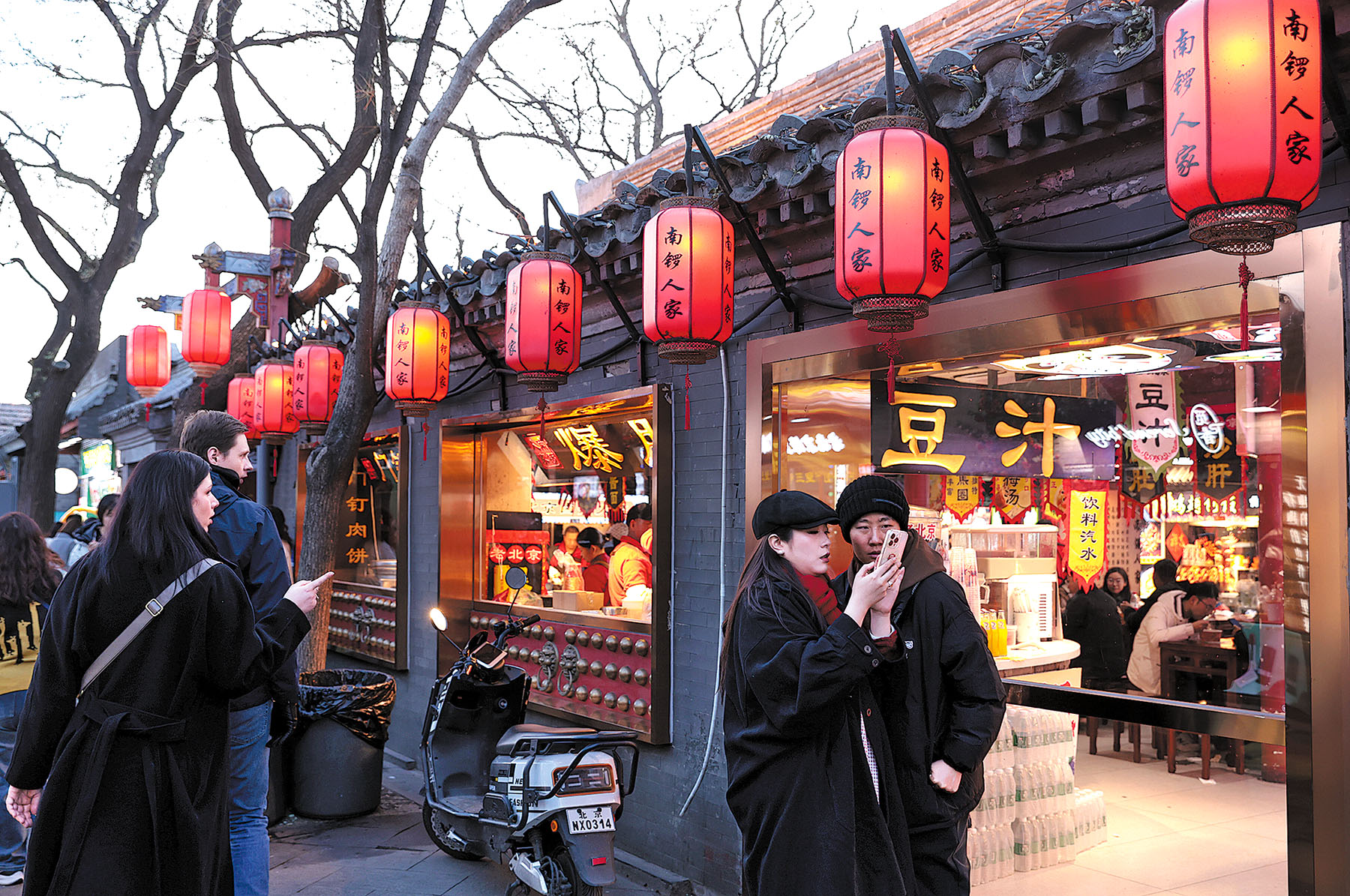
She noted that the hutong, originally built during the Yuan Dynasty, is one of the oldest in the city and has undergone centuries of social and environmental change.
Nanluoguxiang gets its name from its shape, which resembles a hunchback, in that it is higher in the middle and lower on the sides. Historically, it was one of the most prosperous commercial areas in the inner city due to its proximity to Shichahai Lake, which once connected with the Grand Canal, a vital trade and communication route that links different regions of the country.
“Nanluoguxiang is the most intact and representative historical district to still reflect Yuan Dynasty urban planning ideas,” said Zhang, who interned as a neighborhood planner while studying for a PhD at Peking University.
“The neighborhood largely retains its layout of courtyards and alleys, allowing residents and visitors to understand the environment of the original inhabitants of historical Beijing,” she explained.
In the early 2000s, Nanluoguxiang began to undergo significant transformation, driven by government-led vitalization projects and increasing interest from younger, more affluent residents. Recognizing the area’s historical value and tourism potential, the local government invested in restoration, focusing on preserving traditional architectural elements and improving the quality of life, while modernizing the infrastructure.
This vitalization introduced cafes, art shops, restaurants and other new small businesses to the area, making it a popular destination for both locals and tourists.
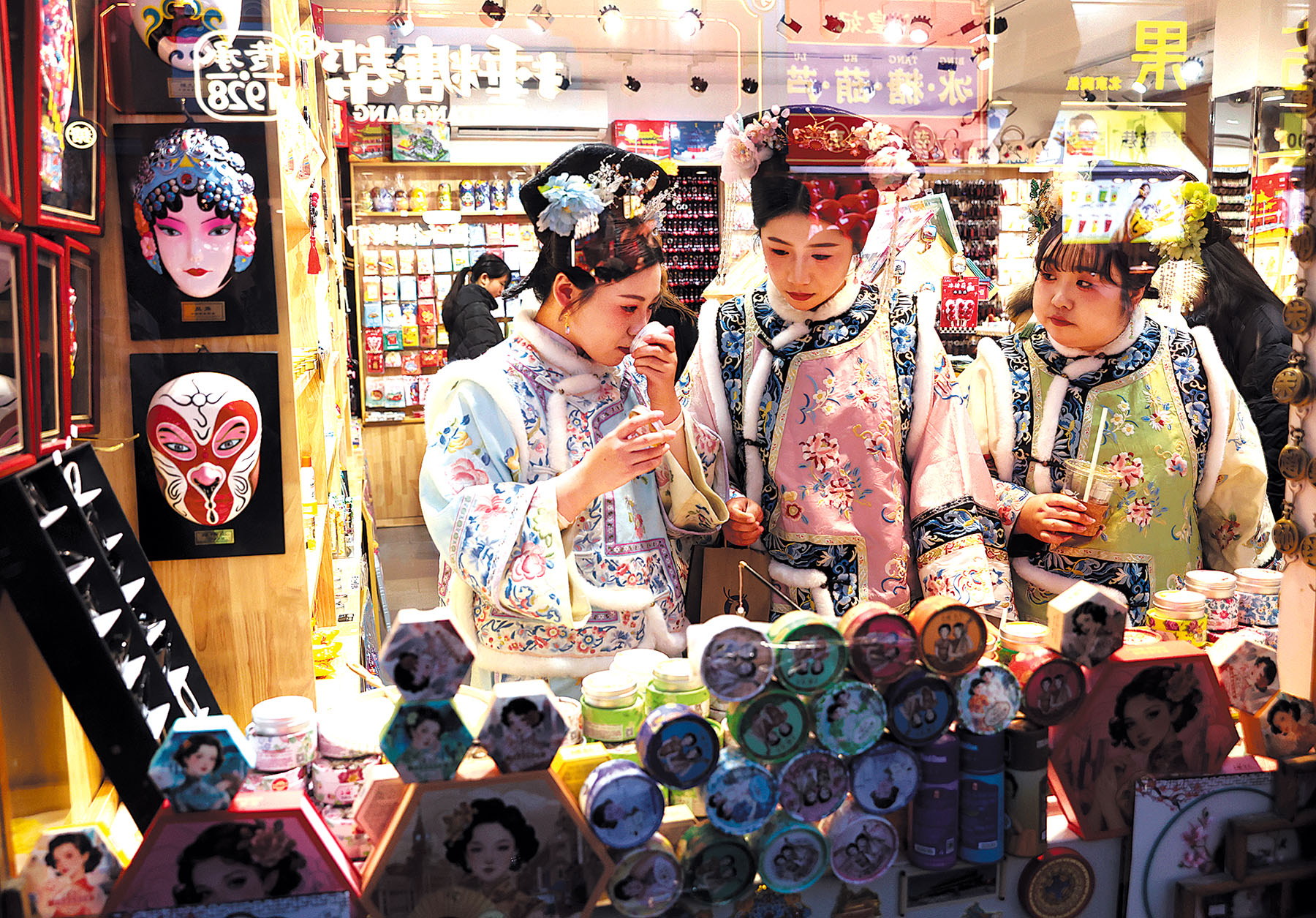
In late February 2014, President Xi Jinping visited the Yuhe River area in the west of Nanluoguxiang to inspect efforts to preserve its historical and cultural heritage. Walking along the river, he examined the restoration of its waterway and the reconstruction of traditional courtyards, including those along Yu’er Hutong, a lane east of the river, which was once a typical residential area with large, densely inhabited courtyards.
During February 2019, Xi visited Beijing’s hutong area again, saying that a city’s heritage and cultural temperament are integral to its vitality. He stressed that hutong was a distinguishing feature of old Beijing. “When promoting modernization, we need to both ensure that this culture is preserved and that hutong residents can enjoy a modern lifestyle. The old and the modern should be combined.”
Li, the resident, said that while many of his neighbors have moved out over the years, he remains in his family’s courtyard house.
“In the past, residents relied on communal toilets and kitchens, which was inconvenient and lacked privacy,” he said. A few years ago, the government initiated a plan to improve living conditions for residents in the hutong area, installing toilets and kitchens for each family and upgrading infrastructure such as roads and public spaces.
“I enjoy living here, though it can get very crowded during weekends and public holidays,” he said. “For me, life in Nanluoguxiang is a blend of pride in living in a historic and vibrant area.”
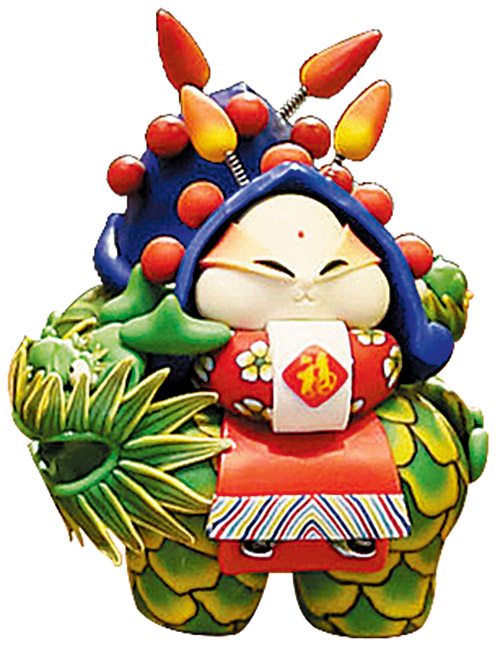
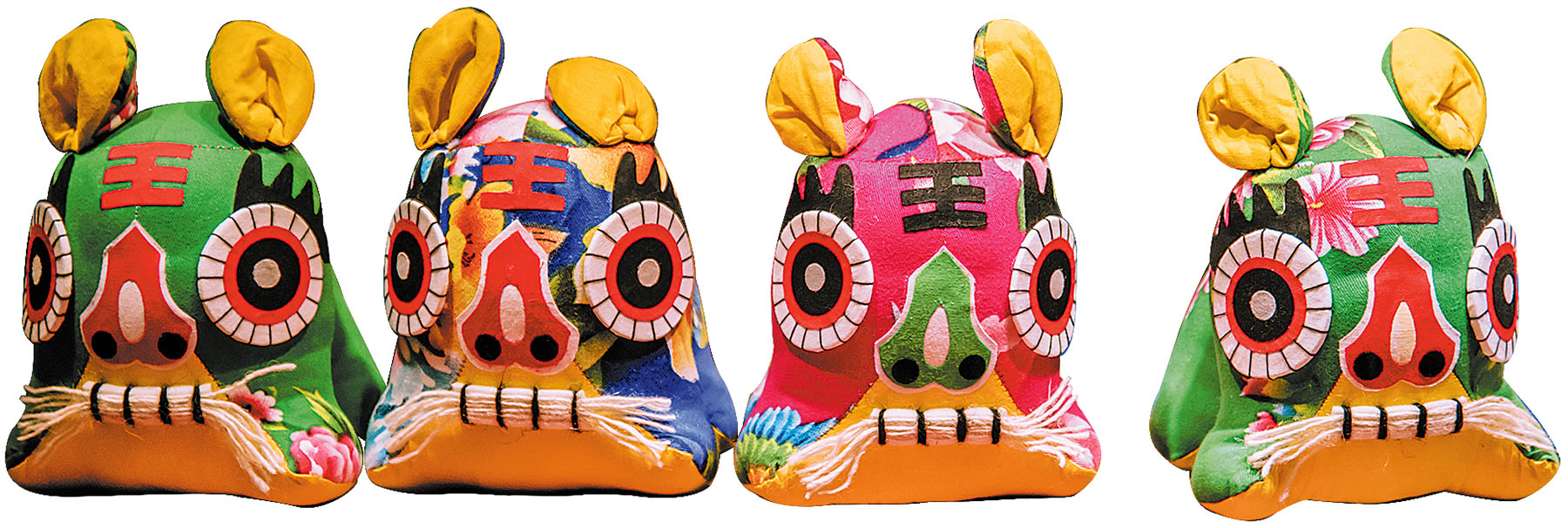
Wu Honglin, a 68-year-old retired teacher, spent nearly 40 years in Nanluoguxiang before moving away after getting married. The professor at Peking University’s College of Architecture and Landscape used to bring his students to Nanluoguxiang and other nearby hutong areas for research.
“For me, every time I visit Nanluoguxiang, it feels like coming home. It’s a place full of childhood memories. People bought supplies at closet-sized stores, built pigeon coops on rooftops and visited neighbors without changing out of their pajamas,” he said.
Today, with historic architecture sitting side by side with trendy shops and cafes, the area reflects Beijing’s broader urban transformation, where the ancient and the modern coexist. “I’m attracted to the trendy shops and cafes interspersed among traditional buildings,” Wu said.
Before Nanluoguxiang became the vibrant hub it is today, one store helped set the tone: Plastered 8, a shop that used to decorate T-shirts with locally inspired designs.
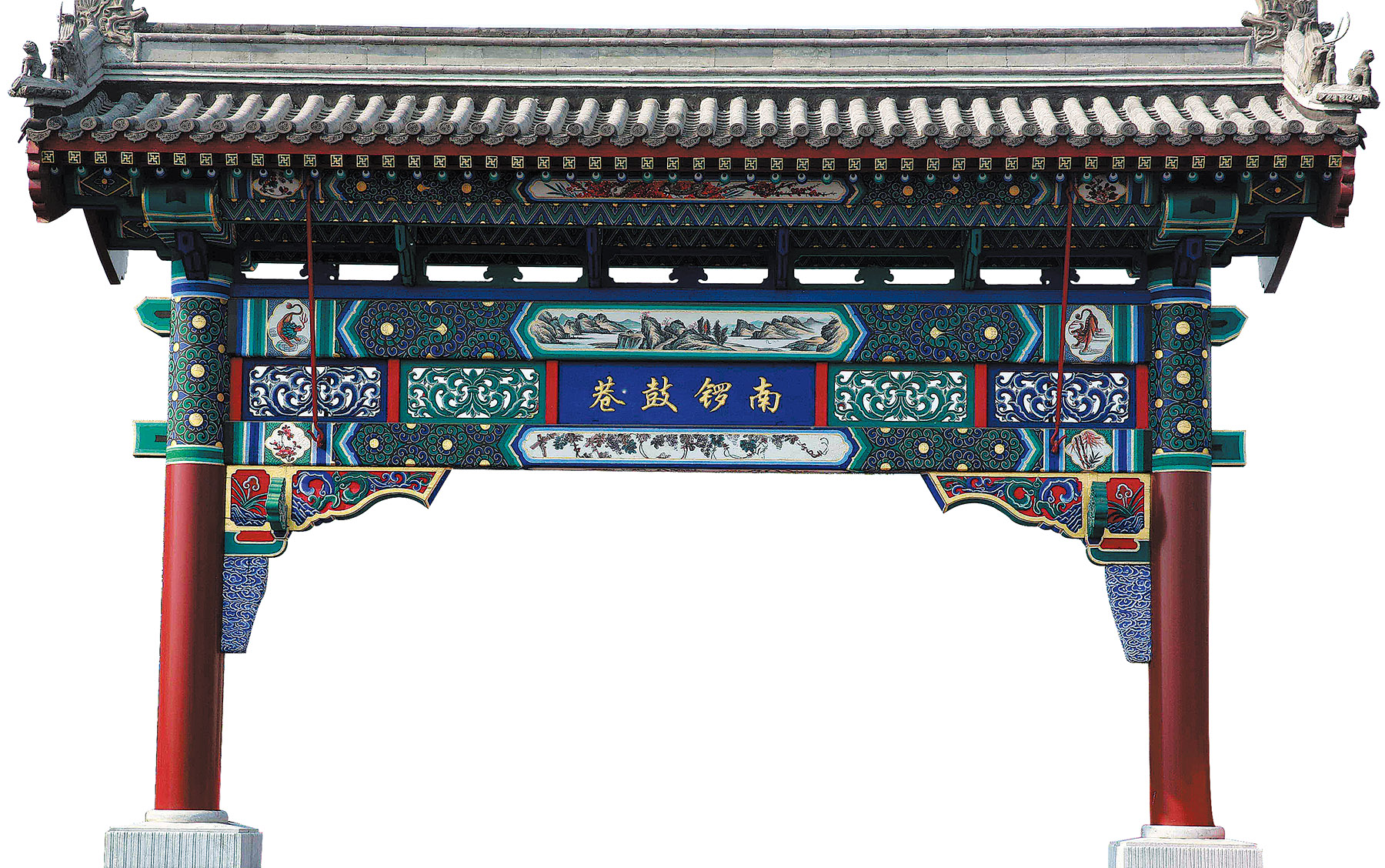
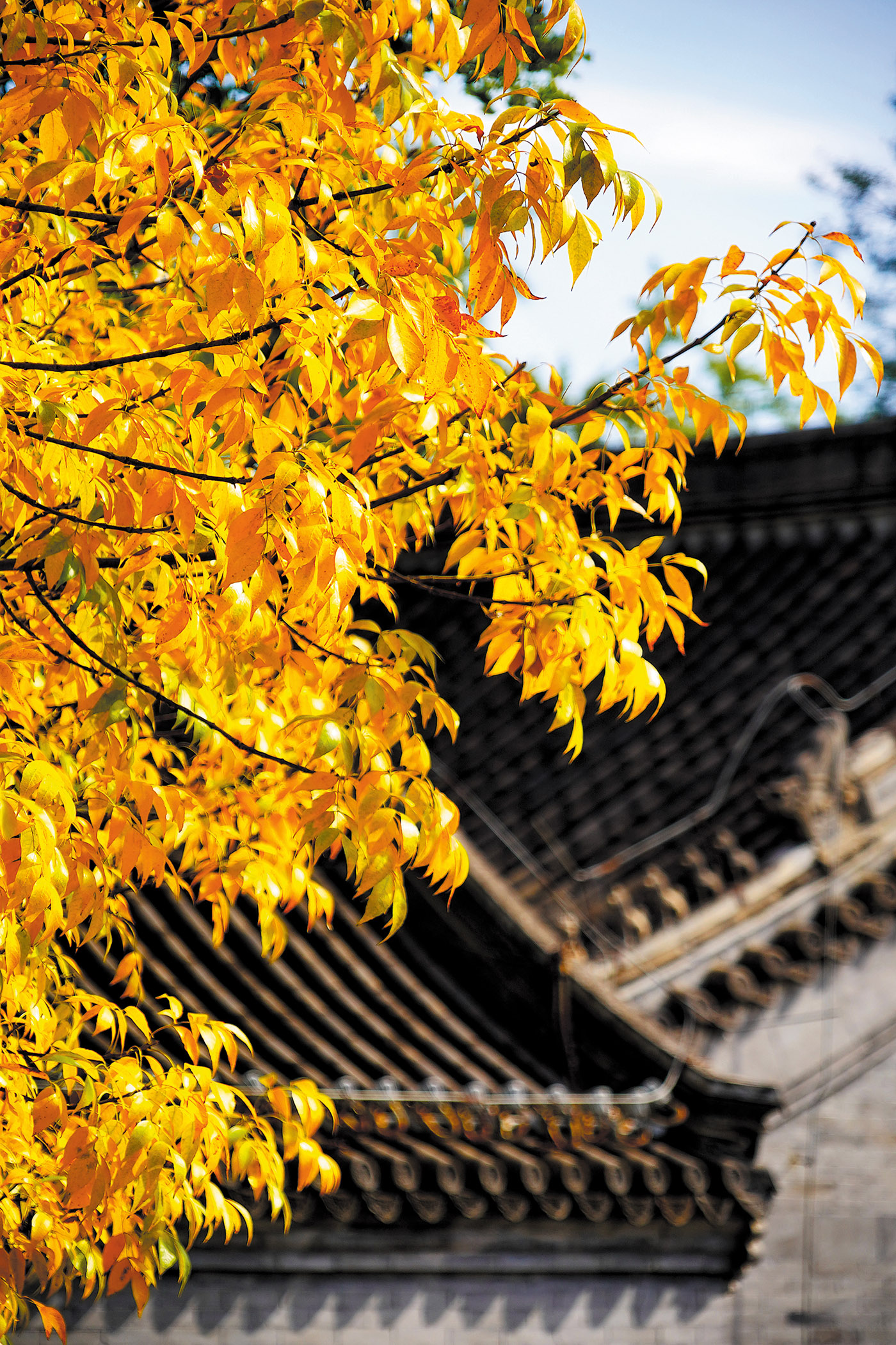
The shop was founded in 2006 by Dominic Johnson-Hill, a British entrepreneur who moved to Beijing in the 1990s and fell in love with its culture. Though Johnson-Hill moved to Hong Kong in 2019 and closed the store in 2022, he fondly recalls his time in Nanluoguxiang.
“When I first opened the shop, Nanluoguxiang was far from the trendy hot spot it is today. My neighbors became my employees, and they were passionate about their work. With their warmth and kindness, these ayi (aunties) made the shop feel like a family business,” he said.
Plastered 8 became a popular destination, blending Beijing’s cultural heritage with a modern, humorous twist. Its success helped cement Nanluoguxiang’s reputation as a creative hub, attracting other entrepreneurs and artists to set up shops.
“Nanluoguxiang means a lot to me. My wedding took place in Shichahai, and my kids were born in the hutong area. They speak Mandarin and enjoyed running around in the hutong area just like other kids living there,” Johnson-Hill said.
“We returned to Nanluoguxiang earlier this year to spend Spring Festival with our old neighbors. We all miss the place.”


